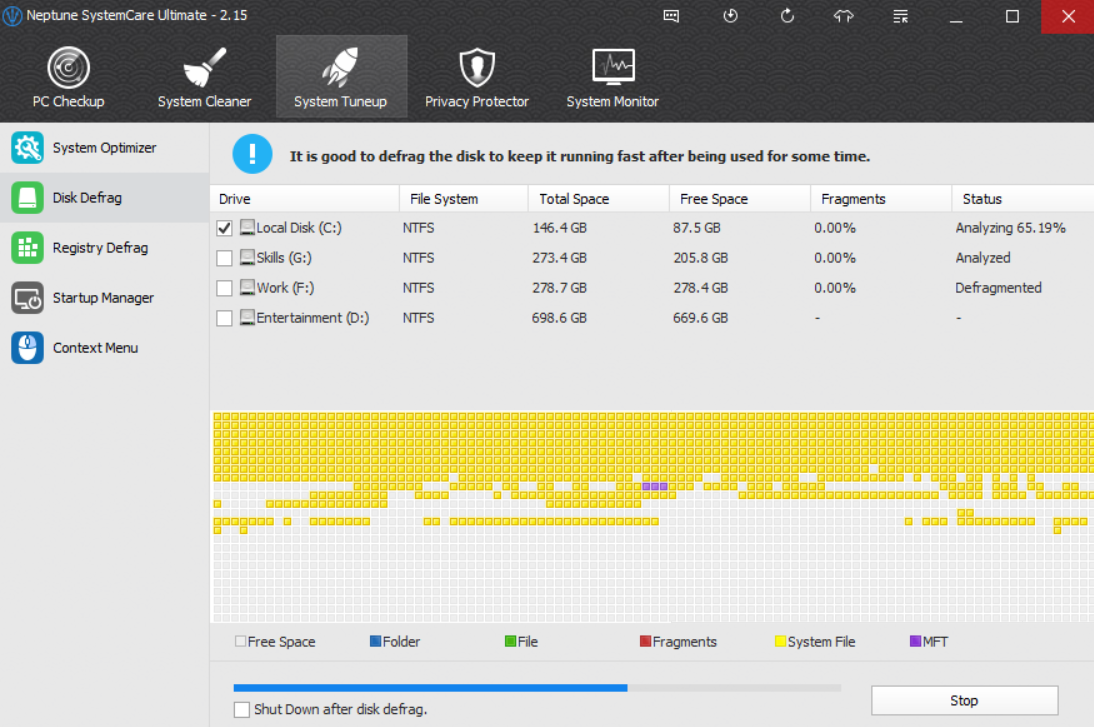How to fix Disk Defragmenter not working
By Renee | 21/Nov/2024
If you encounter the problem where Disk Defragmenter is not working or fails to start, you may face the trouble of loading files and applications sluggishly, unsteady system running with freezes or improper shutdown. Greyed-out is always the signal of unresponsive Disk Defragmenter tool, and Windows error messages are less than helpful. Fortunately, we care about your PC problem and here are possible solutions to your problem.
1. Check if there is any error on your hard drive
You can check the disk errors through Command Prompt.
->Press R+Windows on the keyboard to open Run box and type cmd.exe in. Or, go to Start > Accessories > System Tools > right-click Command Prompt and select Run as administrator.
->Type chkdsk /r, and type Y when asked if you want the disk checker to run the next time the computer is started.
->Reboot your computer and try to defrag again.
2. Check if you have enough free space to defrag
It is not surprising that not enough free space can fail to open Disk Defragmenter. Make sure you have at least 15% of the space on your hard disk free.
->Go to Computer or My Computer, right clicking the hard disk and choose Properties.
->Check that the percentage of free space indicated is at least 15% - preferably 20% and more.
3. Try defragging in Safe Mode
Restart your computer and press F8 repeatedly after the boot screen to start Windows in Safe Mode. If your disk defragmenter can run in Safe Mode, this provides additional information to help diagnose what the problem is with a normal Windows start.
If the method above still could not fix your Windows Disk Defragmenter, try to download a reliable third-party disk defrag, Neptune SystemCare Ultimate. This tool will offer a disk fragmentation map, a list of fragmented files and health data for your hard disk. Disk Defrag sees a much higher fragmentation than Windows Disk Defragmenter because it evaluates more files than the Windows tool.
